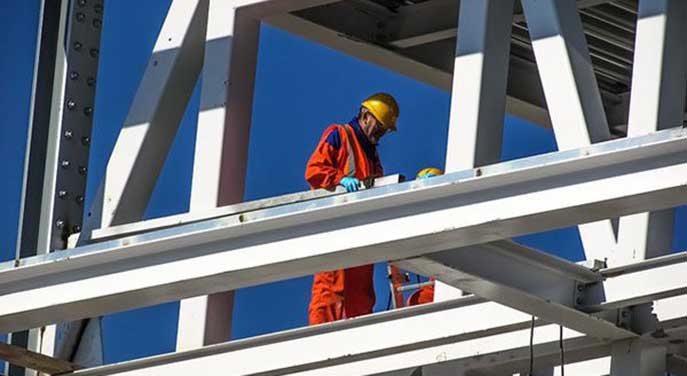 It was a small terraced house in a northern English city. The young couple did not look old enough to have a son in our apprentice programme.
It was a small terraced house in a northern English city. The young couple did not look old enough to have a son in our apprentice programme.
They gave me a cup of tea and I sat down on their sofa. There was no TV, just some chairs, a picture of their son and the room was full of flowers.
Just after Saturday lunch, my cell phone had rung. It was one of our regional directors. An apprentice had been cutting fuel drums with an acetylene torch, there had been an explosion, and he had been rushed to hospital.
His injuries were terrible; he had severe burns over his body and, after a forlorn battle, he died. I am fortunate that I have never known the level of suffering his parents went through. I saw them deal with me, the head of HR for a company where their son had died, with dignity and generosity. I felt the emotion of the whole community as his white coffin was carried by his young friends into a crowded church.
For the next 10 years, I worked as an executive in charge of safety in the heavy construction industry. I must have told this story hundreds of times at conferences, meetings and on the shop floor, and my point was always the same. Would we make the commitment required to run the business safely, or were we prepared to live with the tragic consequences of failure? Tragic consequences for people we know as friends and colleagues.
Running a business safely is a choice that is available to every leader whether they run a major corporation or are in charge of a small team. World-class organizations, from construction to mining, manufacturing to oil and gas, have all shown that outstanding levels of safety can be achieved. What were once dangerous environments where getting hurt was treated as ‘just the way it is’ now go for years without a recordable injury, let alone the trauma of a life-changing event.
Not only is it the right thing to do, but it is also good business. Where you have a well-structured environment with excellent safety, you get high quality and great productivity. It’s a dangerous myth to believe there is a trade-off between safety and profitability.
 What is at the heart of great safety performance? You need leaders to “get pregnant” about safety. Just as you can’t be half pregnant, safety does not respond to compromise or equivocation. You have to make safety the central value of the organization, committing to high standards and that work will only be carried out in a safe manner.
What is at the heart of great safety performance? You need leaders to “get pregnant” about safety. Just as you can’t be half pregnant, safety does not respond to compromise or equivocation. You have to make safety the central value of the organization, committing to high standards and that work will only be carried out in a safe manner.
When a leader compromises on safety because a job needs to be completed quickly or a customer is being demanding, they send out a lethal message. Your team will amplify that message as reading: ‘It’s OK to take a chance, I know what they say about safety, but what they really care about is money!’
No matter the size of the team or its place in an organization, a leader can choose to build a safety culture in their team. Step 1 is to get emotional. Managers need to stop talking about statistics, key performance indicators and bonuses and start showing how they feel about the pain and suffering that is the consequence of poor safety.
When we share the experience of colleagues and their families who have lived with life-changing incidents and hear them talk about the impact on their lives, it makes a powerful connection. The work practices, systems and rules that keep team members safe then have a strong meaning and purpose that wins the team’s active support.
The young apprentice at the start of this story had the biggest impact on me of anyone in my career. In Canada in 2019, more than 271,806 people were injured at work so badly that they could not return the next day, and 925 died. We can make the choice to stop this from happening to our friends and colleagues.
Mike Davies is a Senior International Executive/Business Leader with a record of success in HR, operational leadership and organizational development within major multinational corporations and government.
Mike is a Troy Media Thought Leader. For interview requests, click here.
The opinions expressed by our columnists and contributors are theirs alone and do not inherently or expressly reflect the views of our publication.
© Troy Media
Troy Media is an editorial content provider to media outlets and its own hosted community news outlets across Canada.


